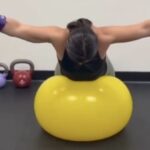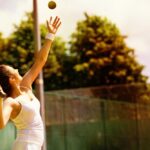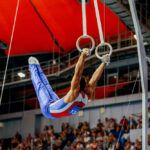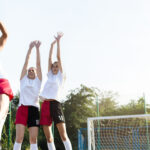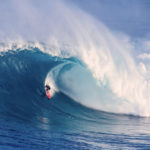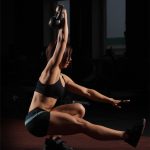How to Rehab a Torn Rotator Cuff at Home
Recovering from a torn rotator cuff doesn’t always require expensive clinics or constant in-person supervision. With the right knowledge and tools, you can perform effective torn rotator cuff recovery exercises comfortably at home, without needing a clinical setting. The key to successful recovery is consistency, patience, and choosing the best at-home shoulder rehab exercises that strengthen and stabilize the joint without overstraining it. Safe and effective home exercises include home shoulder strengthening workouts and physical therapy exercises for rotator cuff tear, all of which are designed to promote healing and … Continue Reading
